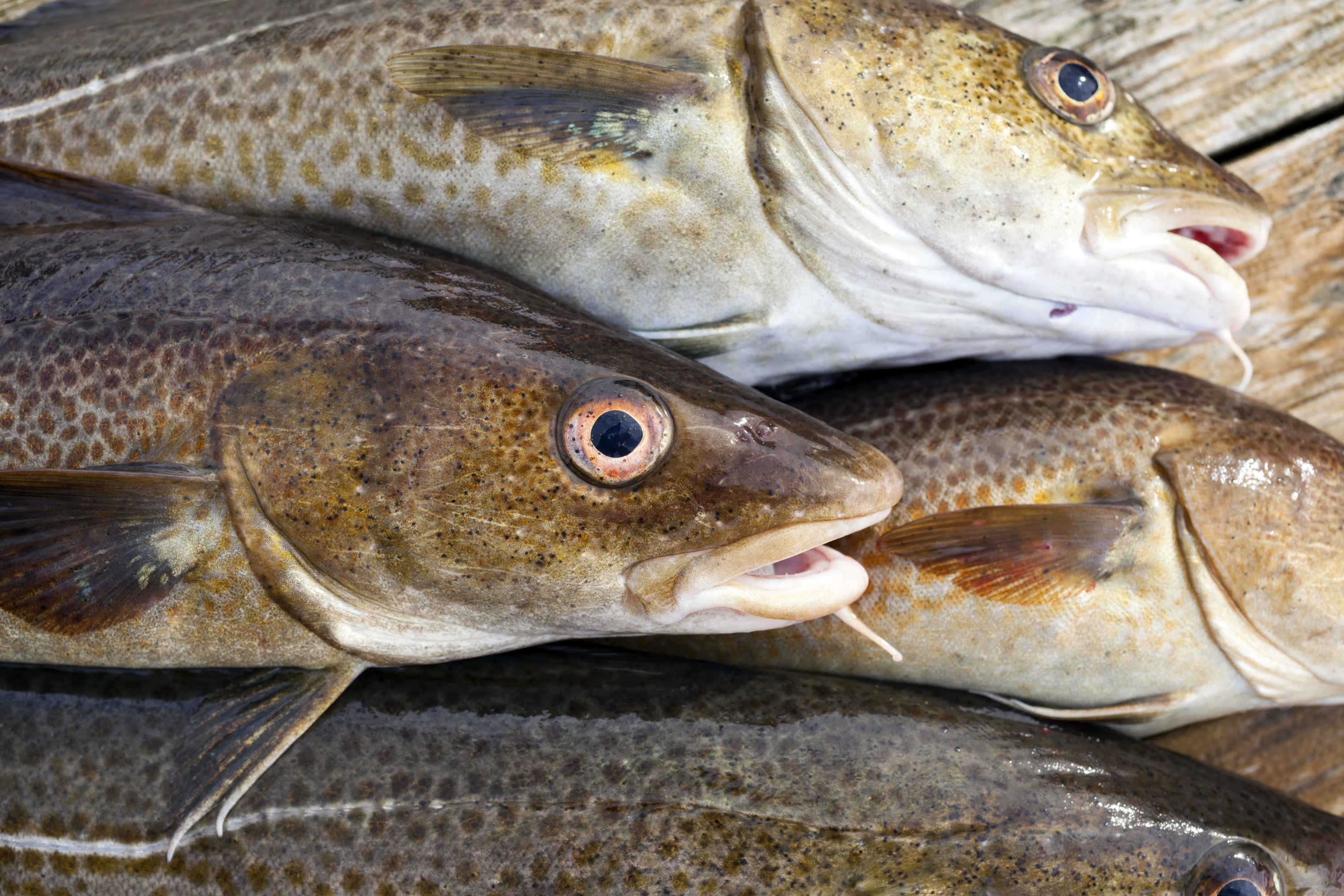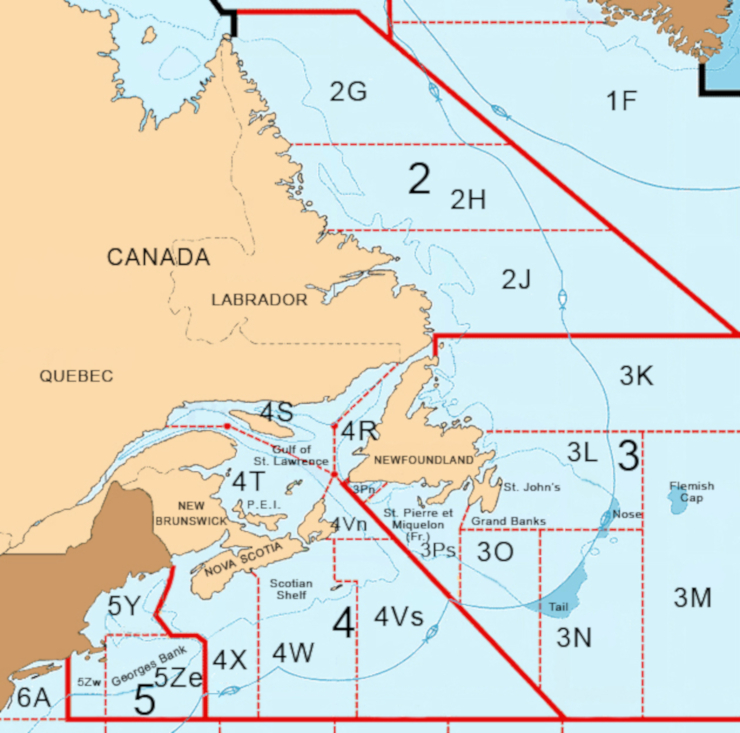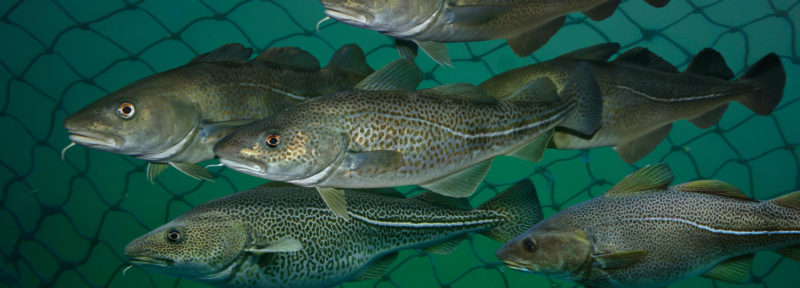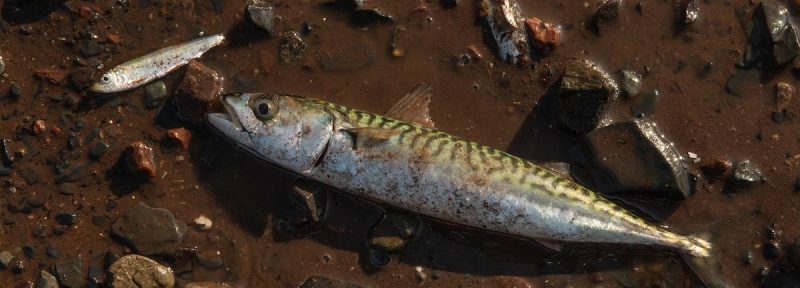Will Northern Cod’s Past Also Be Its Future?
ᐃᓕᓴᕆᔭᐅᔪᖅ: Ingrid Maasik
An old cod-trap skipper I fished with back in the 1980s used to remark that “carelessness is not worth much unless it’s well kept up.” On more than one occasion, when we did something stupid around the boat, his stream of cursing would remind someone or all of us of the carelessness which brought on our dilemma. I think of him often, and I find myself using his “proverbial” observations more and more. Maybe it’s the age that I am at, creeping up to what my younger self once thought of as old. Mostly though, I think it’s because, as another old friend used to say, “Trevor, if you are around long enough you will see everything twice.” These sayings have been running through my head lately as I watch the unfolding debate about what should happen to the 2019 Northern Cod (2J3KL) quota. Calls for dramatic quota increases sound eerily familiar, and I wonder if we are doomed to crop off the fledgling signs of recovery in this stock just as we have in others over the past 25 years.
I only vaguely remember the near-total collapse of the inshore fishery during the early-to-mid 1970s. I clearly remember the euphoric atmosphere of the early 1980s, when rebuilding of Northern Cod brought overly optimistic predictions of abundance we nearly all came to shudder at. I spent the mid-to-late 1980s in the midship room of a trap skiff at Belle Isle, one of the greatest cod-trap fishing spots in Newfoundland and Labrador, and the last to have any significant amounts of cod by 1990. By December 1991, I had made my last cod and turbot fishing trip to Tobin’s Point, on the northern extremity of the Grand Banks. I went home for Christmas knowing, and saying to my family, that it was over, and six months later, then-Minister of Fisheries and Oceans John Crosbie made it official with the declaration of a moratorium on Northern Cod fishing. Of course, I wasn’t any prophet, any more than the countless others who also knew it was over. Neither were the scores for whom it had already ended as the stock slipped, year over year, towards the total collapse that reverberates to this day.
Northwest Atlantic Fisheries Organization (NAFO) zones in Atlantic Canada.
ᐃᓕᓴᕆᔭᐅᔪᖅ: Fisheries and Oceans Canada
So, put ashore, my young family and I left our newly built and now practically worthless house in Gunners Cove, moved to Corner Brook, and started over. We were lucky. I went to work for the Fish, Food, and Allied Workers Union (FFAW). And for six years, like most everyone else at the union, I dealt in large part with the fallout of 20,000 people who had unceremoniously lost their jobs. The socio-economic impact throughout Newfoundland and Labrador was profound. People, many like me, left in droves.
The first sign of trouble from a scientific perspective came during the research cruise and subsequent assessment of 1987-88. Maybe it was an outlier—according to the models, the stock had been trending upwards—though on the water, there were signs of trouble and concerns. No adjustment was made to the total allowable catch (TAC). However, the cruise of 1988 and assessment of winter 1989 left no doubt that this stock was in serious decline, and action was required.
As this news was breaking in February, 1989, I ran into Richard Cashin, then-president of the FFAW, with a delegation of union representatives at the Ottawa airport. They had come to town to impress on the Minister of Fisheries and Oceans the devastating socio-economic impact that significant cuts to the Northern Cod quota would have. They were right. The impact of proposed cuts at that time would have seen a couple thousand plant workers and trawlermen lose their jobs, significant portions of Fishery Products International’s (FPI) and National Sea’s fleets tied up, and several communities lose their fish plants. The scientifically advised large quota cuts didn’t occur. Relatively minor adjustments to the quota were initially made, with widespread pronouncements on the socio-economic impact of these rash measures being too much. By the time serious cuts were made in the winter of 1991, it was too little, too late.
It seems to me that little analysis has been done on what would have happened had the large-scale cuts proposed in 1989 and 1990 been taken. Maybe it’s too sensitive for most, or maybe they think it pointless since we can’t change anything. But it is important as it can inform our actions going forward. What would have happened had the Northern Cod quota for 1989 been set at 125,000 tonnes as recommended by science rather than the 235,000 tonnes finally adopted? And again, in 1990, at 125,000 tonnes rather than the 197,000 tonnes that was allocated? Would we have stopped the decline, or at least slowed it so that the bottoming out wouldn’t have been so deep? While we will never know, it is hard to believe that it wouldn’t have had some positive impact. After all, when we stopped, the decline more or less stopped.
It took a long time for any sign of recovery to take place, but Northern Cod has had almost year-over-year increases in biomass for over a decade. Why has that happened in Northern Cod and not, say, in 3Ps cod off Newfoundland’s south coast or in 4X5Y off southwest Nova Scotia? Well, without delving too far in, the approach to managing exploitation rates has been radically different in the three.
Northern Cod exploitation rates have been kept relatively low for most of the past 26 years since the moratorium. In 4X5Y, however, the rates have been variable and high, rarely seeing a fishing mortality below F0.4: roughly twice as many fish are being killed by fishing (what is referred to as fishing mortality) than is appropriate to allow the stock to grow and rebuild. 3Ps has seen at least two significant pulses in biomass and has each time increased quotas, prematurely increasing exploitation rates and causing excessive fishing mortality beyond that which the fledgling rebuilding could sustain. While Northern Cod has shown a slow but steady rebuilding, with a pretty good job done on managing fishing mortality, 4X5Y and 3Ps have each squandered their opportunities for long-term stability in favour of short-term grabs.
It’s hard to say why—what appears to be two different approaches were employed—but undoubtedly socio-economic factors played a large role. Whereas 3Ps had little in the way of crab resources and no shrimp through the 1990s and 2000s, 2J3KL had tremendous resources of both. This relative abundance of shellfish in the Northern Cod range provided a large socio-economic pressure relief valve for the struggling cod stock. 3Ps cod conversely enjoyed little to no relief. It was different in 4X5Y in that a large and very valuable lobster fishery could have taken the socio-economic pressure off cod and haddock, but the opportunity to do the right things there was steadfastly avoided. And there is much one could say about the approach to managing the groundfish fishery in southwest Nova Scotia, most of it not good.
While it might be unfair to characterize our approach to fisheries management and socio-economic pressures as carelessness, make no mistake it has been well kept up. We have unwittingly squandered opportunities for long-term stability in favour of short-term relief, and even the younger of us have seen it all at least twice. Socio-economic pressures are not to be made light of. The future of rural coastal communities, like their past, is closely tied to the fortunes of the sea. Those who are calling for dramatic increases in the TAC of Northern Cod for this coming season, such as the FFAW, are coming at it from a principled and well-meaning place. They rightly point to the collapse of shrimp and crab as having significant socio-economic impacts throughout the province again. The numbers speak for themselves. And maybe they are right that the quota can go to 35,000 tonnes this year. But what if they are wrong?
The position is very similar to the one advocated and very much followed in 1999 in 3Ps cod. There were encouraging signs of rebuilding. The 1998 TAC was at 20,000 tonnes and there was a loud and sustained lobby for increasing the TAC to 35,000-40,000 tonnes. It was increased to 30,000 and the decline of the previously rebuilding stock began immediately. It has, with minor blips that were also lobbed off, never substantially recovered.
The vacating of rural Newfoundland and Labrador has more or less continued since the 1980s. There are of course many contributing factors, with the fortunes of the fishery being just one of them. Nevertheless, in the major rural areas, the fishery is still the engine of the economy. Unfortunately, it has been a long time, if ever, since that engine has been running on all cylinders. Whatever chance these regions have of stemming that tide, it won’t happen by managing fisheries for short-term pressure relief; that has been our approach for at least thirty years, and it’s time to ask ourselves why we would continue to do it.





